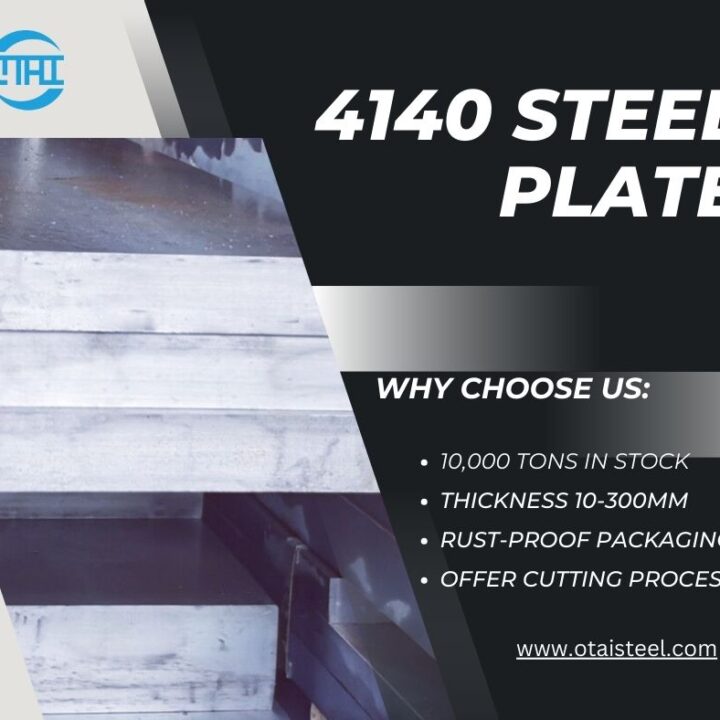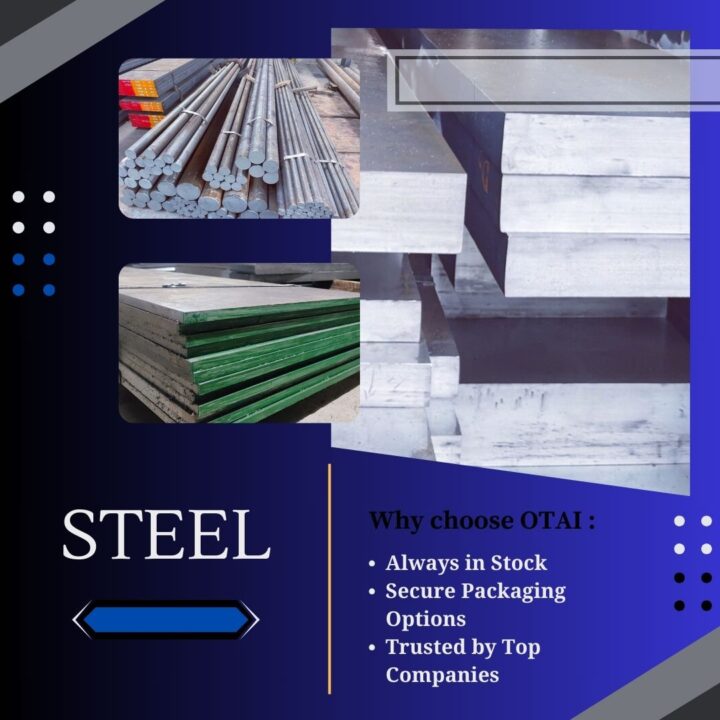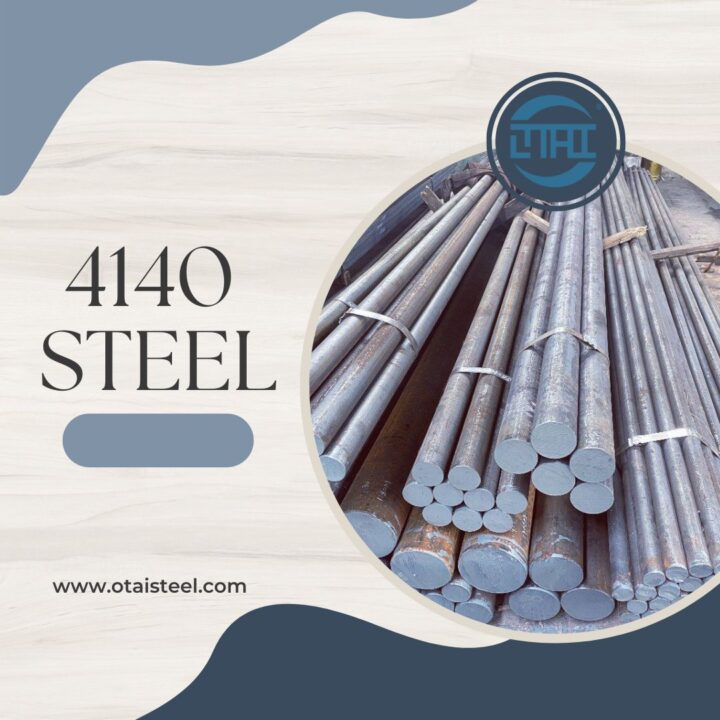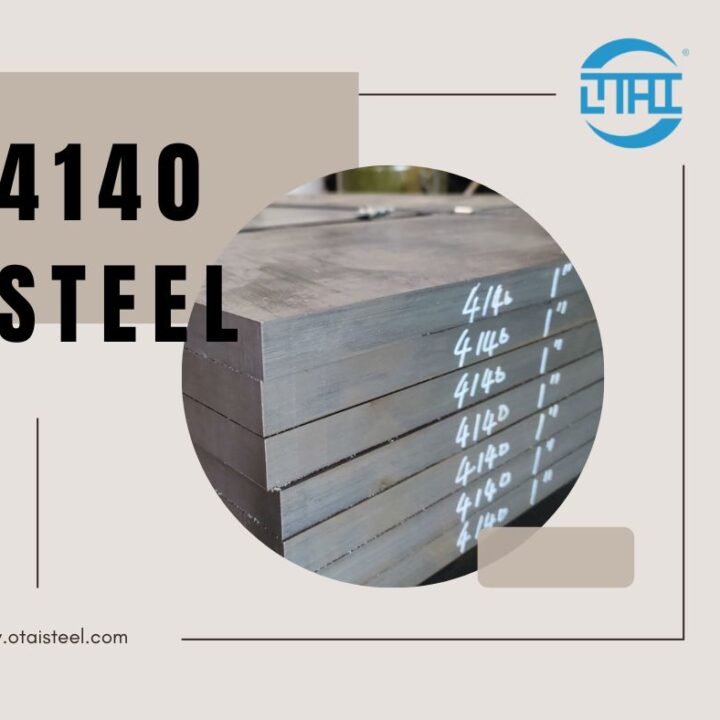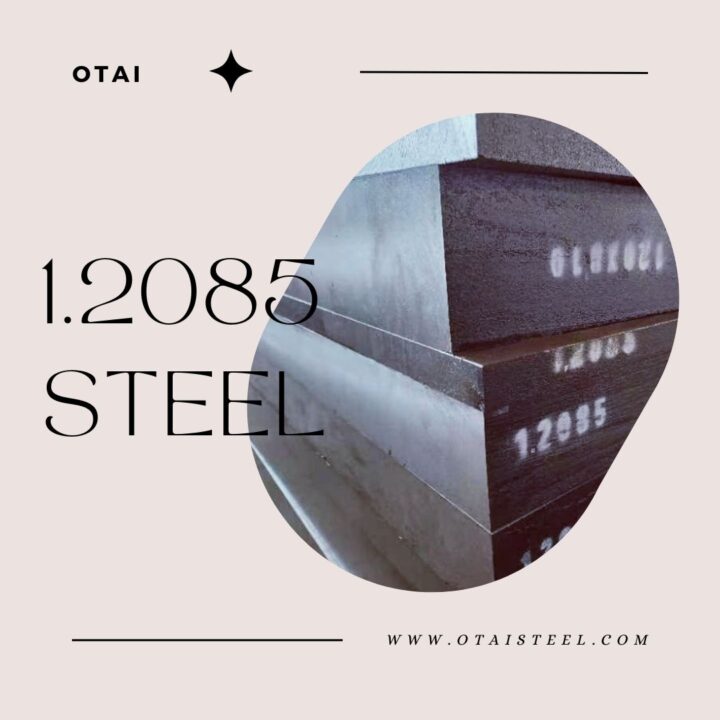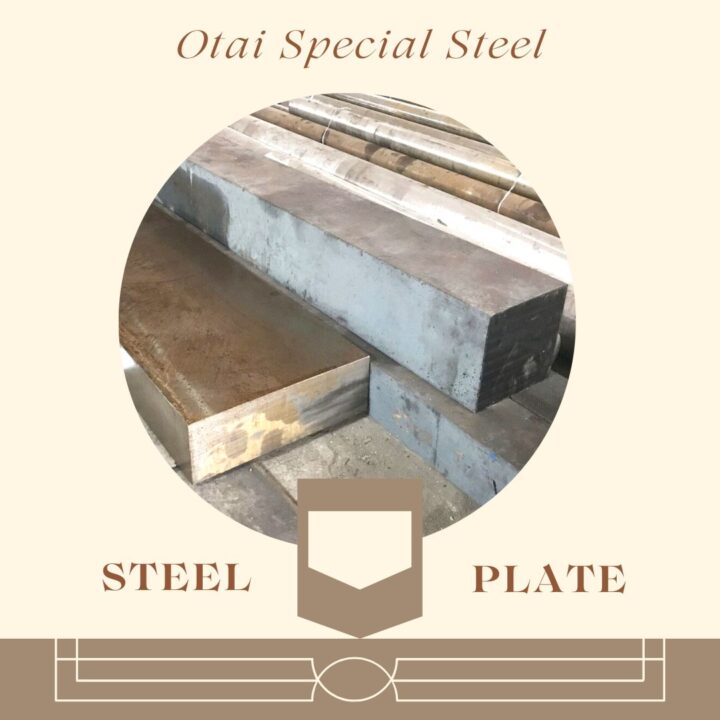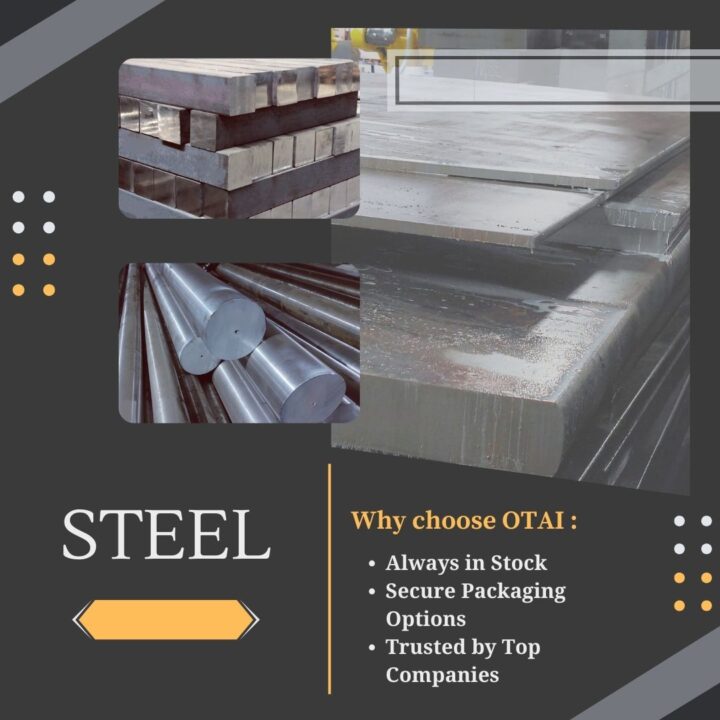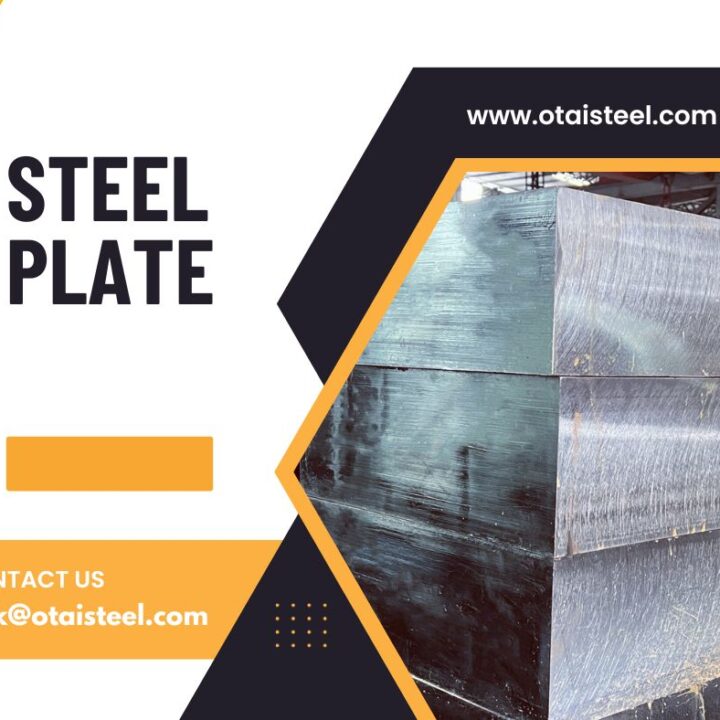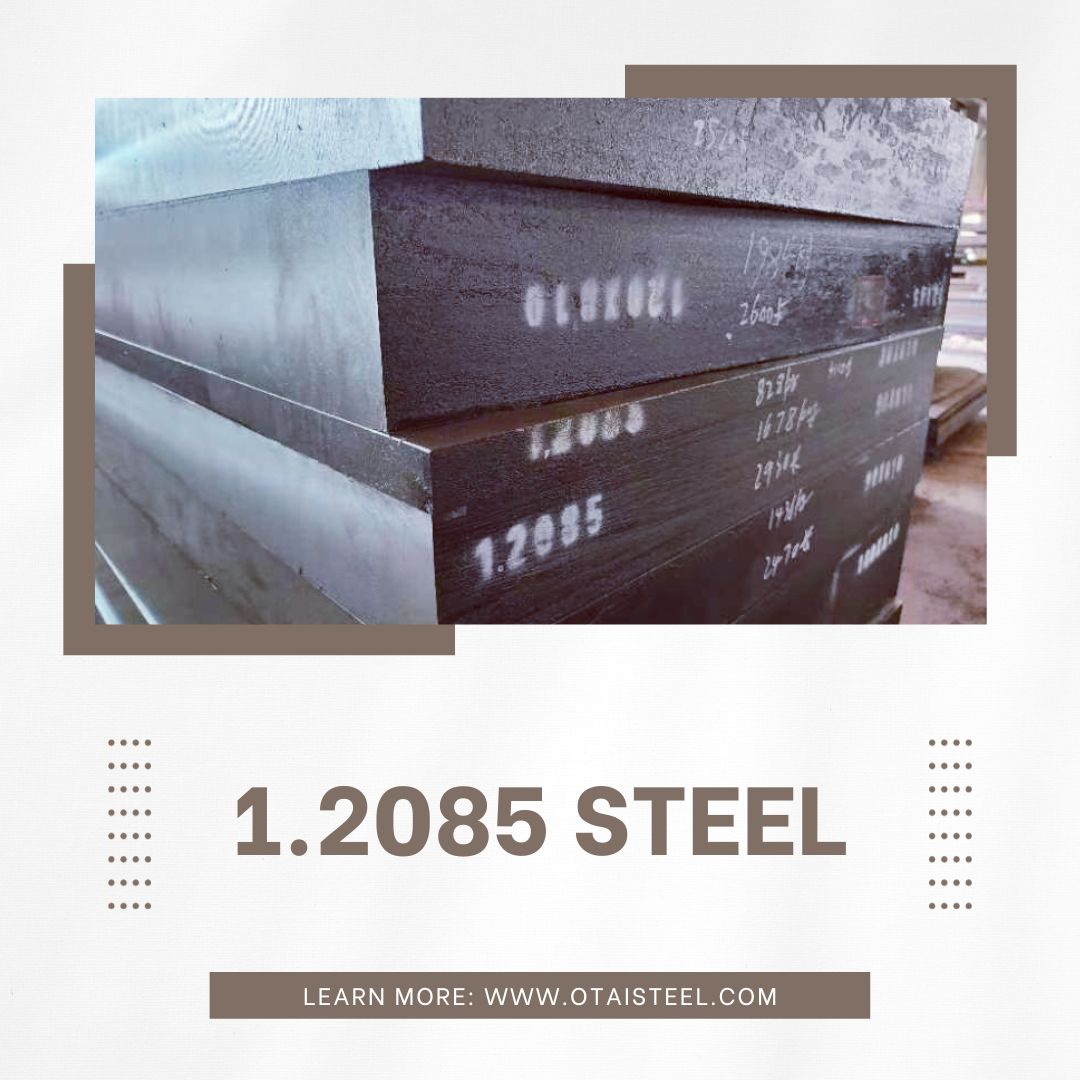 Steel material 1.2085 is a high-carbon, high-chromium tool steel. It is known for its exceptional wear resistance, making it a preferred choice for applications that require durability and strength. The key features of 1.2085 steel include:
Steel material 1.2085 is a high-carbon, high-chromium tool steel. It is known for its exceptional wear resistance, making it a preferred choice for applications that require durability and strength. The key features of 1.2085 steel include:
High Carbon Content: Steel 1.2085 contains a significant amount of carbon, which contributes to its hardness and wear resistance.
Chromium Alloy: The addition of chromium enhances the steel’s corrosion resistance and overall performance.
Toughness: Despite its high hardness, 1.2085 steel maintains good toughness, making it suitable for various cutting and shaping tools.
Applications of 1.2085 Steel
1.2085 steel is widely used in several industries, including:
Cutting Tools: Due to its exceptional hardness and wear resistance, 1.2085 steel is commonly used in the production of cutting tools such as knives, blades, and shears.
Injection Molding: This steel type is favored for manufacturing injection molds that are used in the plastics industry.
Precision Engineering: In precision engineering applications, where tight tolerances and high durability are essential, 1.2085 steel is a popular choice.
Die-Casting: The ability of 1.2085 steel to withstand high temperatures and maintain hardness makes it ideal for die-casting applications.
Woodworking Tools: Carpenters and woodworkers often use 1.2085 steel for making chisels and carving tools.
Key Advantages of 1.2085 Steel
Excellent Wear Resistance: The high carbon and chromium content give this steel impressive wear resistance, ensuring longevity in demanding applications.
Good Corrosion Resistance: The addition of chromium provides resistance to corrosion, making it suitable for outdoor and wet environments.
High Hardness: With a hardness level that can be hardened to 58-62 HRC, 1.2085 steel retains a sharp edge, which is crucial for cutting tools.
Versatility: Its versatility in various applications and its ability to maintain toughness while being hard make it a well-rounded choice for different industries.
Heat Treatment of 1.2085 Steel
To optimize the performance of 1.2085 steel, it’s essential to apply the appropriate heat treatment process. Typically, the steps involved in heat treatment include:
Annealing: This process involves heating the steel and slowly cooling it to reduce internal stress and improve machinability.
Hardening: To increase the hardness, the steel is heated to a specific temperature and then rapidly quenched in a suitable medium.
Tempering: Tempering is the final step, where the steel is reheated to a lower temperature to achieve the desired balance of hardness and toughness.
Maintenance and Care
Proper maintenance and care of tools and components made from 1.2085 steel are essential to ensure their longevity. This includes regular sharpening and cleaning, as well as protection against corrosion, especially in outdoor settings.
Steel material 1.2085 is a remarkable choice for a wide range of applications, thanks to its exceptional wear resistance, versatility, and corrosion resistance. It has earned its place as a top-grade tool steel, and its enduring performance makes it a valuable resource in various industries.
